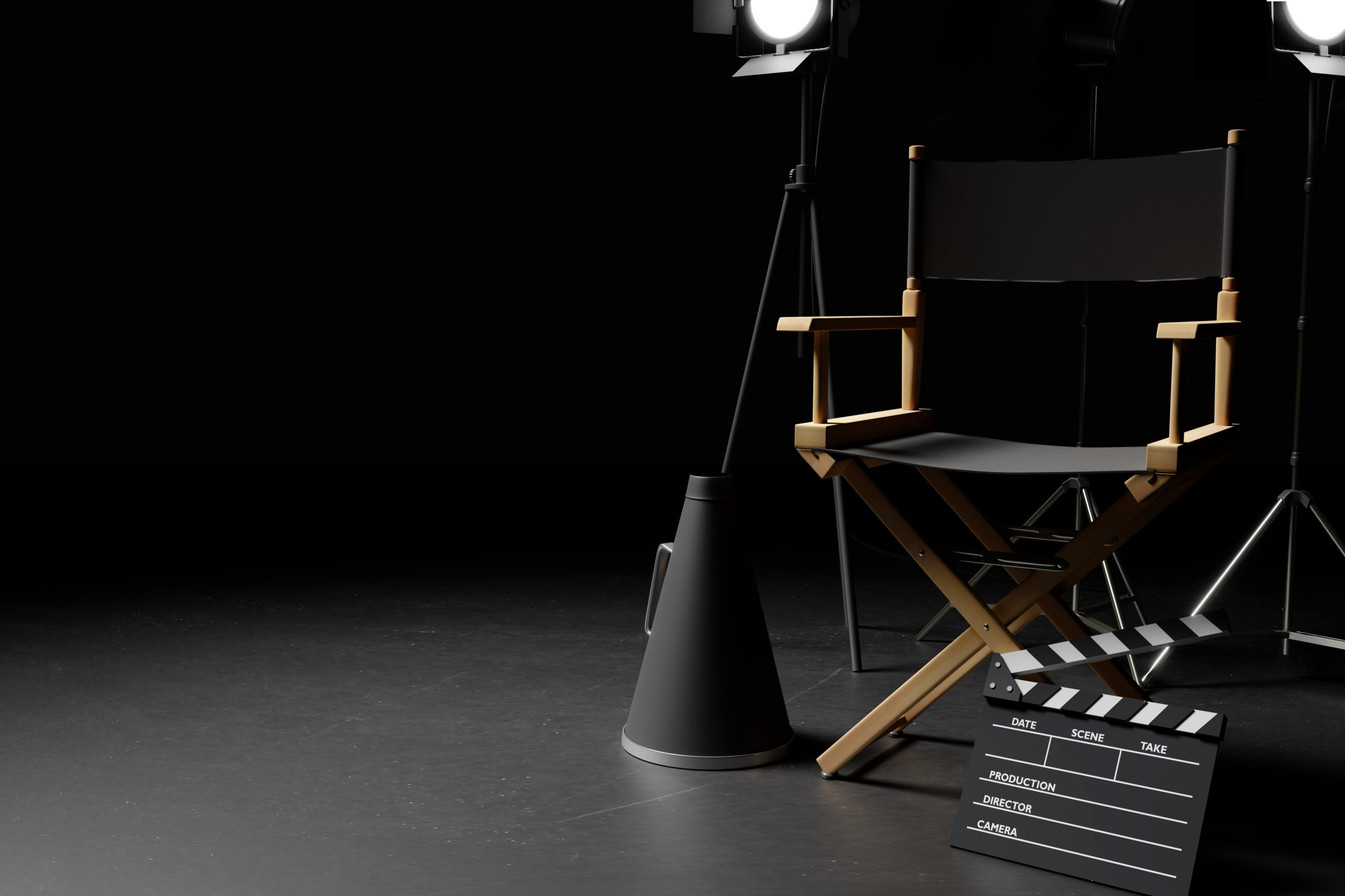The Director’s Chair: Directors Chair On Set

The director’s chair, a ubiquitous symbol of cinematic authority and creative control, is more than just a piece of furniture; it’s a cultural icon that embodies the essence of filmmaking. Its history, design, and symbolism offer a glimpse into the evolution of the art of storytelling and the power dynamics within the film industry.
The Evolution of the Director’s Chair
The director’s chair has evolved significantly since its origins. Its early iterations were simple, utilitarian folding chairs, often made of wood and canvas. These chairs were used by stage directors in the early days of theatre, providing a comfortable and portable seat from which to oversee rehearsals and performances. As filmmaking emerged in the late 19th century, directors adopted these chairs for their own use, finding them practical for navigating the often chaotic film sets.
The design of the director’s chair began to evolve in the early 20th century, with the introduction of metal frames and more elaborate upholstery. The iconic design elements, such as the padded seat, adjustable back, and folding mechanism, were refined and standardized, creating a chair that was both comfortable and durable.
Iconic Design Elements
The director’s chair has a distinct and recognizable design that has become synonymous with filmmaking. Key design elements include:
- Folding Frame: The folding frame allows for easy transport and storage, making it a practical choice for film sets, which are often located in diverse and challenging locations.
- Padded Seat and Back: The padded seat and back provide comfort for long hours of work, enabling directors to maintain focus and concentration throughout the filmmaking process.
- Adjustable Back: The adjustable back allows directors to customize the chair’s angle, providing optimal comfort and support.
- Canvas Fabric: The canvas fabric is breathable and durable, making it suitable for various weather conditions and demanding work environments.
- Personalized Backrest: The backrest is often customized with the director’s name, initials, or logo, creating a unique and personal touch. This personalization serves as a visual marker of the director’s authority and creative vision.
Symbolism of the Director’s Chair
The director’s chair has become a powerful symbol of authority, leadership, and creative vision within the film industry. Its presence on set signifies the director’s control over the filmmaking process and their role as the ultimate decision-maker.
- Power and Authority: The director’s chair, often placed in a prominent position on set, is a visual representation of the director’s power and authority. It is a reminder that the director is in charge and that their vision will guide the production.
- Leadership and Control: The director’s chair serves as a physical manifestation of the director’s leadership and control over the filmmaking process. It is from this seat that the director orchestrates the creative team, guides the actors, and oversees the technical aspects of production.
- Creative Vision: The director’s chair is a symbol of the director’s creative vision. It is from this seat that the director brings their artistic vision to life, shaping the story, characters, and world of the film.
Functionality and Versatility on Set

The director’s chair, a staple on film and television sets, serves as much more than just a seat for the director. Its functionality extends far beyond providing a comfortable resting place, becoming an integral tool that enhances the creative process and facilitates efficient filmmaking.
The director’s chair serves as a command center, a vantage point from which the director oversees the entire set. Its height and adjustability allow for clear visibility of the actors, the set design, and the lighting, enabling the director to make informed decisions about camera angles, blocking, and overall composition.
Ergonomic Features, Directors chair on set
The director’s chair is designed with ergonomics in mind, prioritizing the comfort and productivity of the director. Many chairs feature adjustable backrests, allowing the director to maintain a comfortable posture for extended periods. Some models even offer lumbar support, further reducing strain on the lower back.
Types of Director’s Chairs
The availability of various director’s chair types caters to diverse needs and preferences.
- Folding Director’s Chairs: These chairs are lightweight and portable, making them ideal for locations with limited storage space or frequent set changes. Their compact design allows for easy transport and storage, making them a popular choice for independent filmmakers and smaller productions.
- Adjustable Director’s Chairs: These chairs offer greater flexibility, with adjustable seat height and backrest angles. This allows directors to find the perfect position for optimal comfort and visibility, regardless of the set’s layout or the director’s personal preferences.
- Customized Director’s Chairs: For those seeking a personalized touch, customized director’s chairs are available. These chairs can be engraved with the director’s name or initials, adding a touch of professionalism and individuality to the set. Some directors even opt for chairs with specific colors or fabrics to match their personal style or the theme of the production.
Directors chair on set – The director’s chair on set, a symbol of authority, is a stark contrast to the opulence of a opulence home leather chair , a testament to refined taste and leisurely indulgence. Yet, both embody a certain power – the power to command attention, to shape a narrative, and to create an atmosphere of presence.
Perhaps the director’s chair is a humble version of the opulent leather chair, a reminder that even in the realm of creativity, comfort and authority are intertwined.
The director’s chair, a symbol of power and authority on a film set, often feels like a throne. It’s a place where visions are shaped, decisions are made, and the fate of the project rests. But even amidst the intensity of filmmaking, there’s a touch of childhood magic.
Just like a crayola table and chair set brings joy and creativity to a child’s world, the director’s chair serves as a reminder that even the most serious of endeavors can be fueled by imagination and passion.
